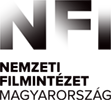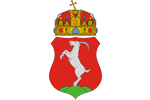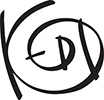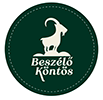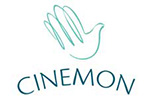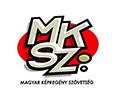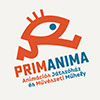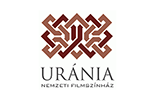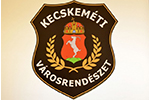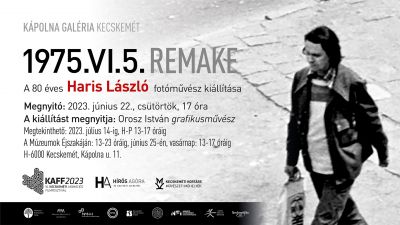
June 22, Thursday – July 14, Friday | Kápolna Gallery
Opening: 22 June | Thursday 17:00
The exhibition is opened by animated film director István Orosz
Almost fifty years ago, a thirty-two-year-old young man visited his graphic artist friend István Mózer in his first-floor flat under 59/D Kőbányai Road in the 10th district of Budapest, and spent the day taking photos from the window of “nothing special” happening on Mázsa Square. These images now form a work of art in the permanent collection of the Hungarian National Gallery, but to understand why and how that happened, we have to explore the process step by step.
Not long before taking these photos, László Haris bought a Yashica Electro 35 camera, which is important for the fact that this small-format film camera has 45-mm, slightly wide-angle lens, which could take in the view of the square, and for the fact that this was the first electronically controlled camera that set the exposure time automatically based on preset conditions.
On Thursday, 5 June 1975, when the Suez Canal was reopened after eight years of forced shutdown, and 67% of the Brits participating in the referendum voted for staying in the European Union, the most exciting news in Hungary was that Jenő Fock gave a speech in Tatabánya announcing that the foreign policy of Hungary was developed in close cooperation with the Soviet Union and the other socialist countries. So nothing special happened, and László Haris did not know either that the photo series he wanted to create with the help of some friends was going to become a key tableau of a creative approach in Hungarian photography and fine arts.
A total of 480 photos were taken, three minutes apart each, during a 24-hour period starting at midnight, which were then developed on 6x9-cm paper and glued to a wooden board in 24 rows and 20 columns. The final matrix of images created a field with almost no meaningful content, as the document-like photos cannot reflect the events happening on the square, which were only recorded technically. For this reason, the details in the pictures are especially important: couples, groups, vehicles appear out of nowhere, and we can even spot a strange figure who stands in the square for more than half an hour. The photographers then concluded with surprise that this middle-aged man was watching the camera in the window the whole time.
László Haris later made a reproduction of this image matrix, intentionally taking out-of-focus photos, which gives a better representation of the visual imprint of the day with its blurred effect. This “remake” was followed by two new series in 2022 titled Remake, Shadows and Pixels, which were based on the photos found in the image matrix from 48 years ago.
László Haris processes the “events” of that past day on 5 June in this three-piece collection of artworks, but this time not as a (fake) documentary, but as an intentionally subjective selection. He digitalised the original negatives and looked for motives and details on the screen that were perhaps unnoticeable in the original pictures, and by highlighting them, he gave new meaning to these details. The new series take two directions along the remake of the two “original” tableaus, with one of them zooming into the people and objects found in the pictures. This approach of photography is known from the 1966 film Blow Up, but László Haris does not create a reason for criminal investigation, on the contrary, he recognizes and highlights the “nothing special” again, which he did 48 years earlier too.
Péter Baki
Director of the Hungarian Museum of Photography


